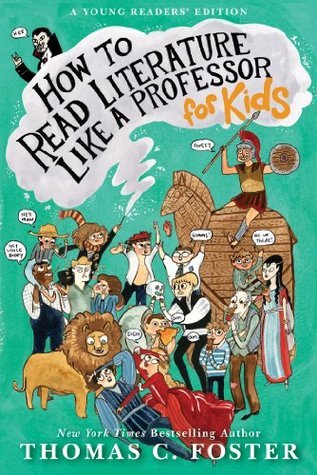What do you think?
Rate this book


In How to Read Literature Like a Professor: For Kids, New York Times bestselling author and professor Thomas C. Foster gives tweens the tools they need to become thoughtful readers. With funny insights and a conversational style, he explains the way writers use symbol, metaphor, characterization, setting, plot and other key techniques to make a story come to life.
From that very first middle school book report to that first college course, kids need to be able to understand the layers of meaning in literature. Foster makes learning this important skill fun and exciting by using examples from How the Grinch Stole Christmas to The Adventures of Huckleberry Finn, from short stories and poems to movie scripts. This go-to guide unlocks all the hidden secrets to reading, making it entertaining and satisfying.
147 pages, Kindle Edition
Published April 23, 2013